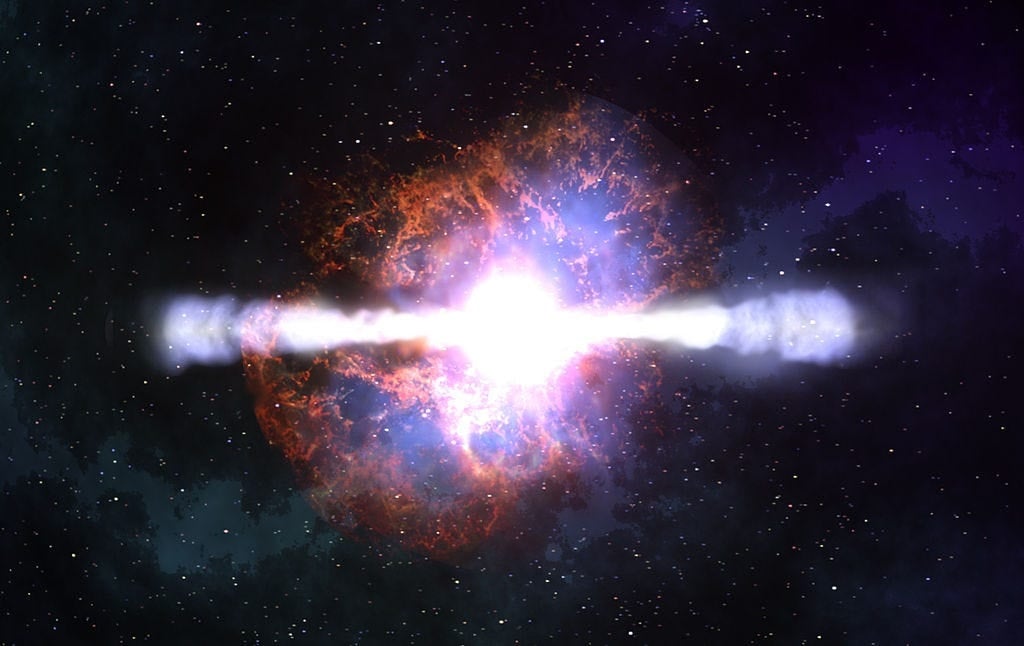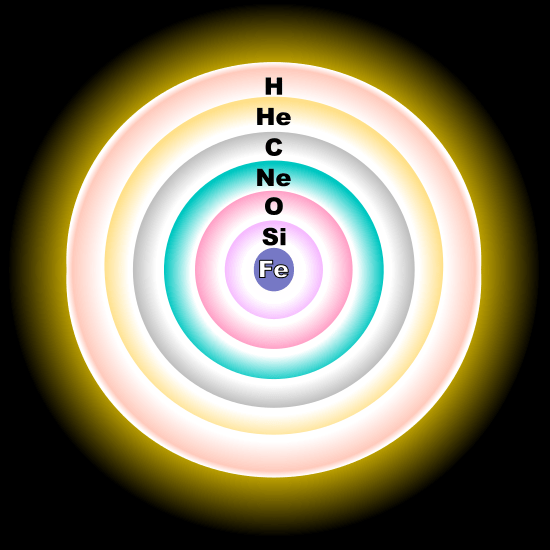The biggest stars in our universe are some of the most fascinatingly complex objects to inhabit the cosmos. Indeed,giant stars have defied full explanation for decades. Especially when they're near the end of their lives.
Stars power themselves through nuclear fusion, from the smashing together of lighter elements into heavier ones. This process leaves behind a little bit of extra energy. It's not much, but when those fusion reactions occur at millions or billions of times every single second, it's enough to keep a star powered for...millions or billions of years.
Like ashes at the bottom of a fire, the leftovers from the nuclear reactions sink to the core of the star, building up and preventing new reactions from taking place in that region, forcing the fusion to happen in a shell surrounding it.
At the beginning, stars fuse the lightest element, hydrogen, into helium, with the helium building up in the core and the hydrogen fusion moving out into a shell. But once temperatures and pressures reach a critical density, the star is able to burn helium, turning that into carbon and oxygen in the core, with helium fusion surrounding that, with a hydrogen burning layer surrounding that.
Towards the end of their lives stars form a gigantic plasma onion, with a core of iron, surrounded by layers of fusion of silicon, magnesium, carbon, oxygen, helium, and hydrogen.
The stars are unable to fuse iron into anything heavier without losing energy, and so that's where the train stops. And once it does the stars turn that onion layer inside out and dies in a spectacular supernova explosion.
That complex onion layer situation is brief - after millions of years of life, that structure will only appear for about 15 eventful minutes.
Enjoy it while it lasts.
 Universe Today
Universe Today

